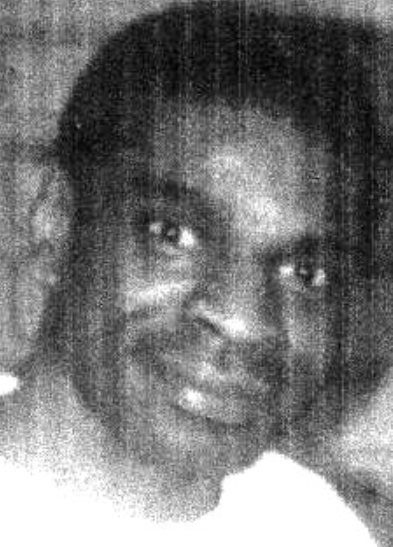
1958 - 1999
Brian Keith Baldwin
Summary
Name:
Brian Keith BaldwinYears Active:
1977Birth:
July 16, 1958Status:
ExecutedClass:
MurdererVictims:
1Method:
StabbingDeath:
June 18, 1999Nationality:
USA
1958 - 1999
Brian Keith Baldwin
Summary: Murderer
Name:
Brian Keith BaldwinStatus:
ExecutedVictims:
1Method:
StabbingNationality:
USABirth:
July 16, 1958Death:
June 18, 1999Years Active:
1977bio
Brian Keith Baldwin was born on July 16, 1958, in Charlotte, North Carolina. He grew up in a difficult environment and faced several challenges during his teenage years. By the age of 18, he had already found himself in trouble with the law. In March 1977, Baldwin was serving time in a juvenile facility in North Carolina for stealing a car. It was during this time that he met Edward Dean Horsley Jr., a fellow inmate convicted of armed robbery. The two became acquainted and eventually planned their escape.
On March 12, 1977, Baldwin and Horsley successfully escaped the juvenile facility. Their actions during the days following their escape would lead to one of the most controversial criminal cases in Alabama's history.
murder story
Shortly after escaping the facility, Baldwin and Horsley were hitchhiking when they were picked up by Naomi Rolon, a 16-year-old girl who was driving across town to visit her father in the hospital. What began as an innocent encounter quickly turned tragic. The two men robbed and confined Rolon, forcing her into the trunk of her own car. They then drove across state lines to Monroe County, Alabama, with Rolon trapped in the vehicle.
At some point during their journey, Horsley separated from Baldwin, taking Rolon and the car with him. When Horsley returned alone, Rolon had been murdered. Her body was discovered on March 14, 1977, alongside her car on a rural road in Monroe County. The brutal crime sent shockwaves through the local community.
The following day, Baldwin and Horsley were arrested in Wilcox County, Alabama, after a high-speed chase. At the time of their arrest, both men gave statements to the police. Baldwin later claimed that he was tortured and beaten into confessing to the murder. He retracted his confession, stating it had been coerced. Despite this, he was charged with Rolon's murder and robbery, crimes that carried the death penalty under Alabama law.
During Baldwin's trial, which lasted only a day and a half, he was convicted by an all-white jury. His court-appointed lawyer failed to present witnesses who could testify to Baldwin's claims of police brutality and coerced confession. Moreover, the jury was not informed that forensic evidence indicated the murder was committed by a left-handed individual, while Baldwin was right-handed. This crucial information only came to light years later.
Adding to the controversy, Baldwin's co-defendant, Horsley, confessed in a letter written in 1985 that he had acted alone in Rolon's murder. This letter was not disclosed to Baldwin's defense team until after Horsley's execution in 1996. Despite the lack of physical evidence linking Baldwin to the murder and mounting doubts about his guilt, appeals to overturn his conviction were unsuccessful.
Baldwin was executed by the state of Alabama on June 18, 1999. His case remains a powerful example cited by death penalty opponents, who argue that racial bias, a flawed legal process, and a lack of adequate defense contributed to the wrongful conviction and execution of an innocent man.